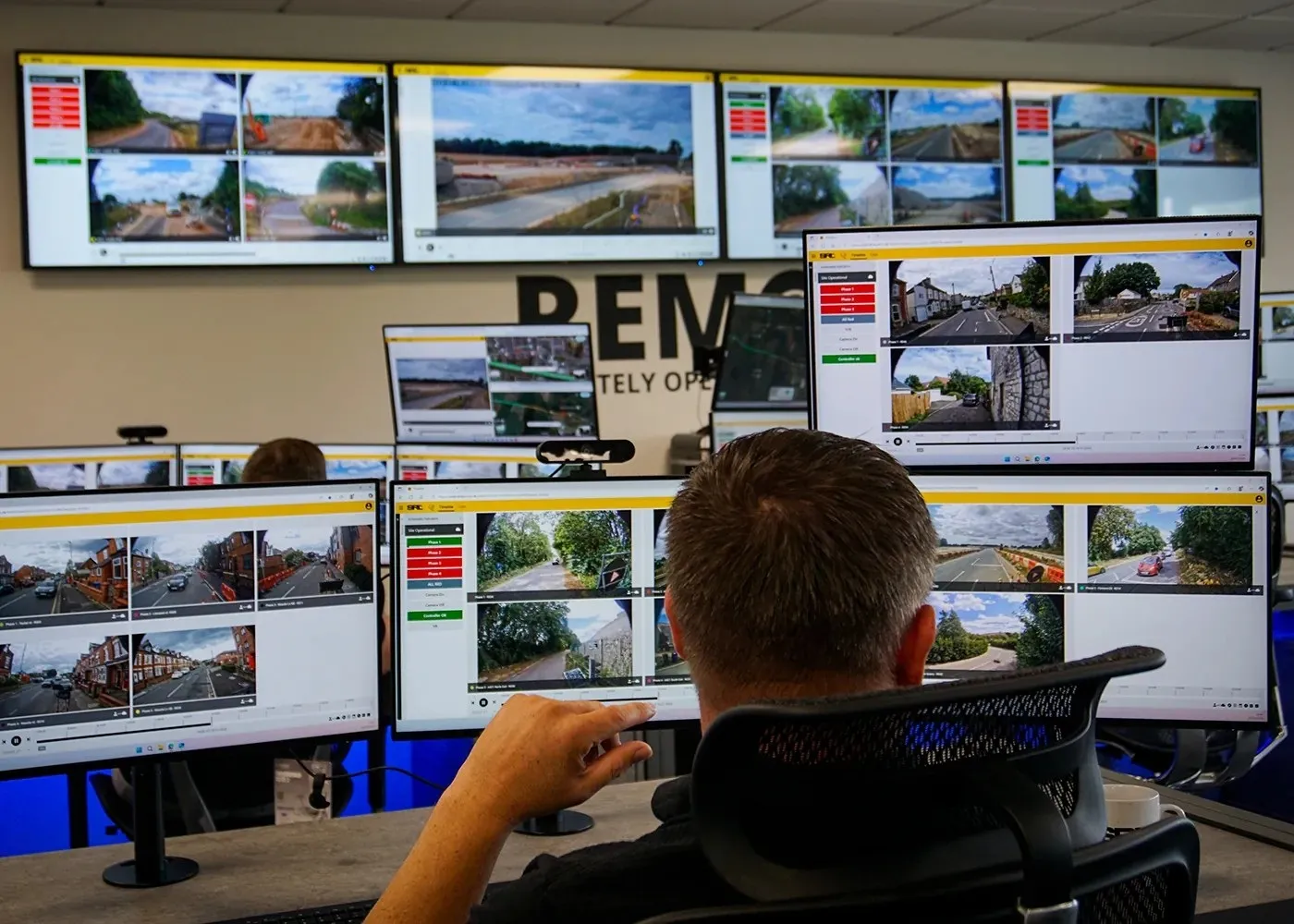TRL Software’s off-line software package, Transyt 14.1, is widely used by consultancies and government organisations to design, model and study everything from individual isolated junctions to large and complex networks.TRL says Transyt is owes its success to its ability to quickly assess individual junction performance and produce optimum fixed-time coordinated traffic signal timings to reduce queues, delays and the economic cost of congestion. New product Transyt Online extends the software’s functionalit
April 26, 2013
Read time: 2 mins










